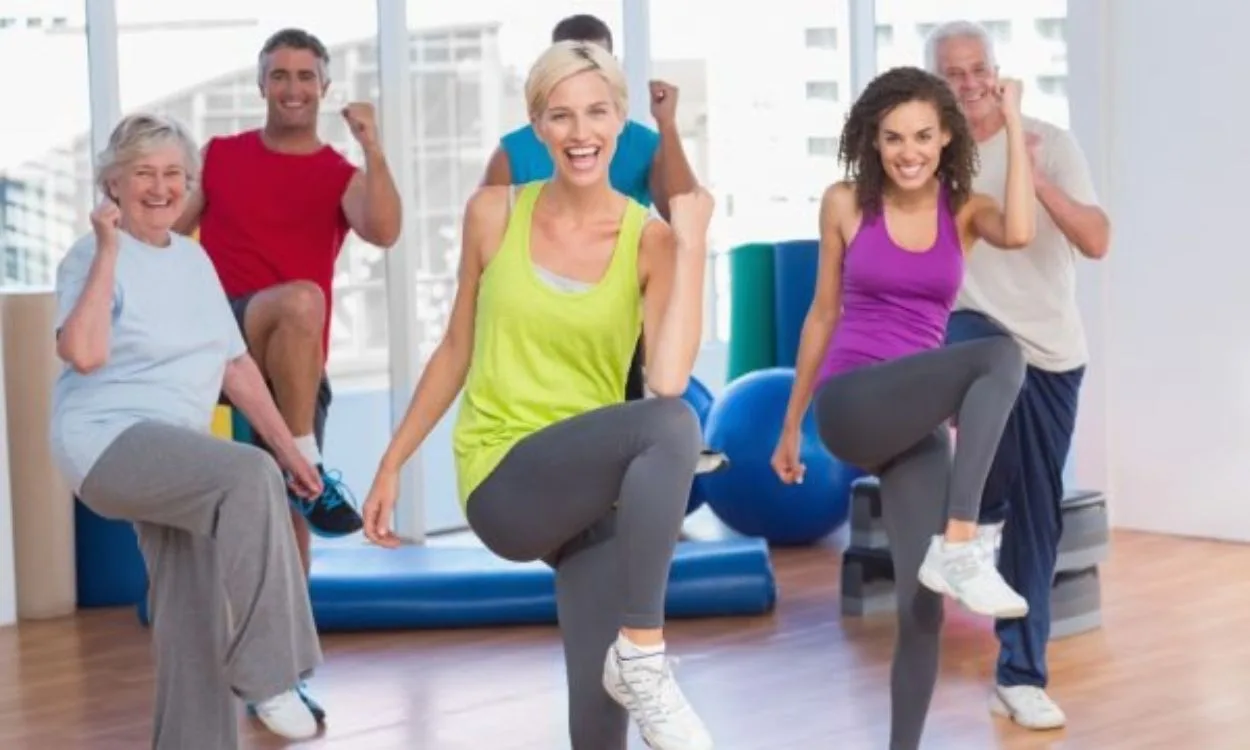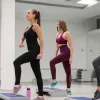Are there any specific exercises or routines for different age groups?
As we age, our bodies undergo changes that can affect our physical capabilities and overall health. It’s important to adapt our exercise routines accordingly to promote strength, flexibility, and overall well-being. Here are some specific exercises and routines for different age groups:
1. Children and Adolescents (Ages 5-17)
- Engage in at least 60 minutes of moderate-to-vigorous physical activity every day.
- Include a variety of activities such as running, jumping, swimming, cycling, and team sports to promote overall fitness, coordination, and social skills.
- Incorporate strength training exercises using bodyweight or light weights to build muscle and bone strength.
- Encourage active play and limit sedentary activities like excessive screen time.
2. Young Adults (Ages 18-30)
- Aim for at least 150 minutes of moderate aerobic activity or 75 minutes of vigorous aerobic activity each week, along with muscle-strengthening activities twice a week.
- Engage in activities such as brisk walking, jogging, dancing, cycling, swimming, and weightlifting to maintain cardiovascular fitness and build muscle strength.
- Include flexibility exercises like yoga or stretching to improve range of motion and prevent injuries.
- Prioritize balance exercises to reduce the risk of falls.
3. Adults (Ages 31-64)
- Aim for at least 150 minutes of moderate aerobic activity or 75 minutes of vigorous aerobic activity each week, along with muscle-strengthening activities twice a week.
- Engage in activities like brisk walking, jogging, swimming, cycling, aerobics, and weightlifting to maintain cardiovascular fitness, muscle strength, and bone density.
- Incorporate exercises that target core strength, such as pilates or planks, to support posture and stability.
- Include flexibility exercises to maintain joint mobility and prevent muscle imbalances.
4. Older Adults (Ages 65+)
- Aim for at least 150 minutes of moderate aerobic activity or 75 minutes of vigorous aerobic activity each week, along with muscle-strengthening activities twice a week.
- Engage in low-impact activities like walking, swimming, water aerobics, tai chi, or yoga to reduce joint stress and maintain cardiovascular fitness.
- Incorporate exercises that focus on balance and coordination, such as standing on one leg or using balance boards, to prevent falls.
- Include strength training exercises using light weights or resistance bands to maintain muscle mass and bone density.
- Consult with a healthcare professional or certified fitness trainer for guidance on exercises suitable for any specific health conditions or limitations.
While these general recommendations provide a starting point for each age group, it’s important to listen to your body and customize your exercise routine based on your individual needs and abilities. It’s always a good idea to consult with a healthcare professional or certified fitness trainer before starting any new exercise regimen.
Now, if you’re inspired to take control of your health and fitness goals, consider downloading the Fitpaa app. With Fitpaa, you can have access to personalized fitness plans, expert guidance, and real-time tracking to help you achieve your goals effectively and efficiently. Don’t miss out on the opportunity to transform your life and experience the joy of getting fit. Download the Fitpaa app today and embark on your journey towards a healthier and happier you!
Note: Fitpaa is a comprehensive health and fitness app that offers personalized plans and guidance to help individuals achieve their goals. It is available for download and offers a range of features to support users on their fitness journey. However, the decision to download and use the Fitpaa app is up to the individual and their personal preferences.









